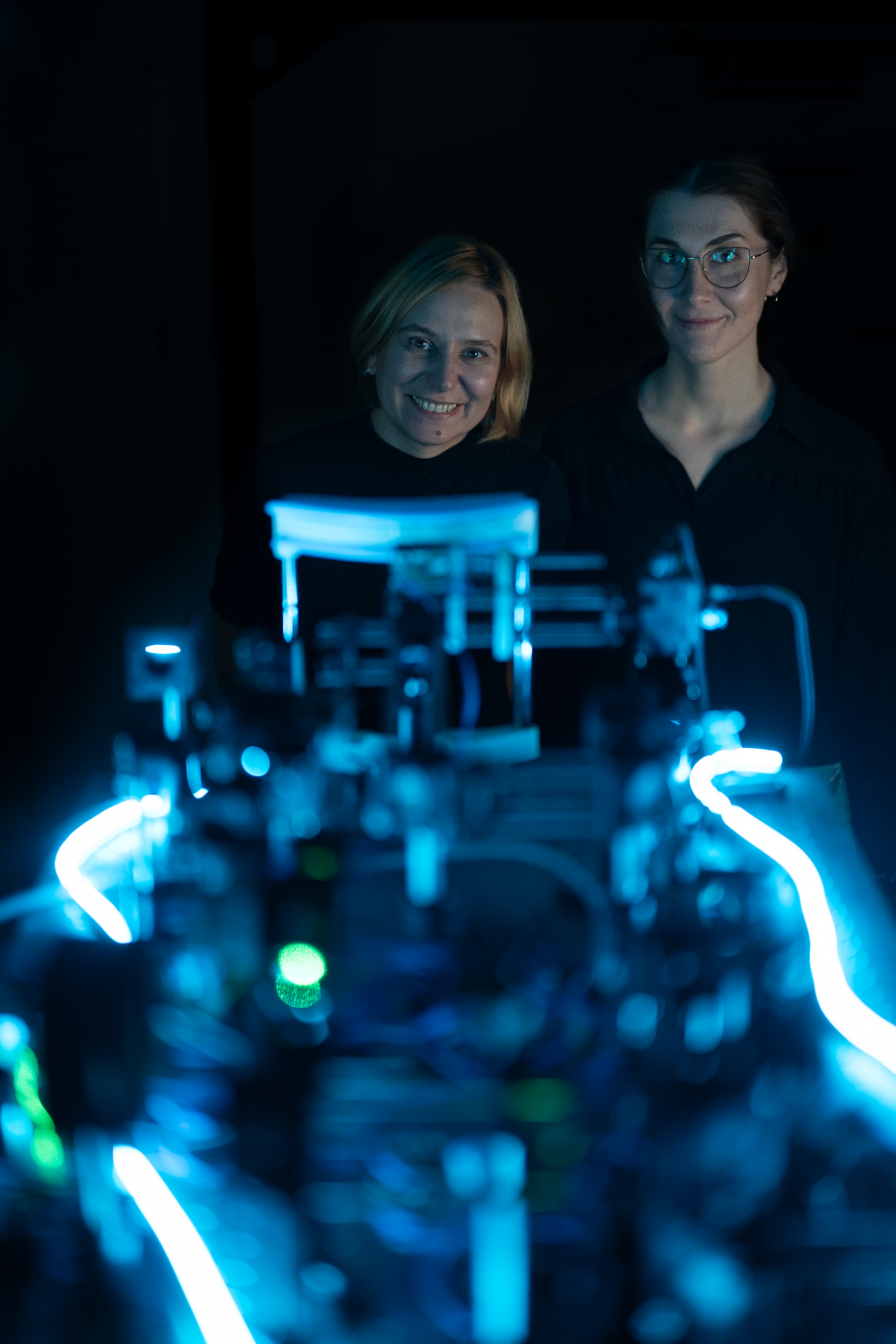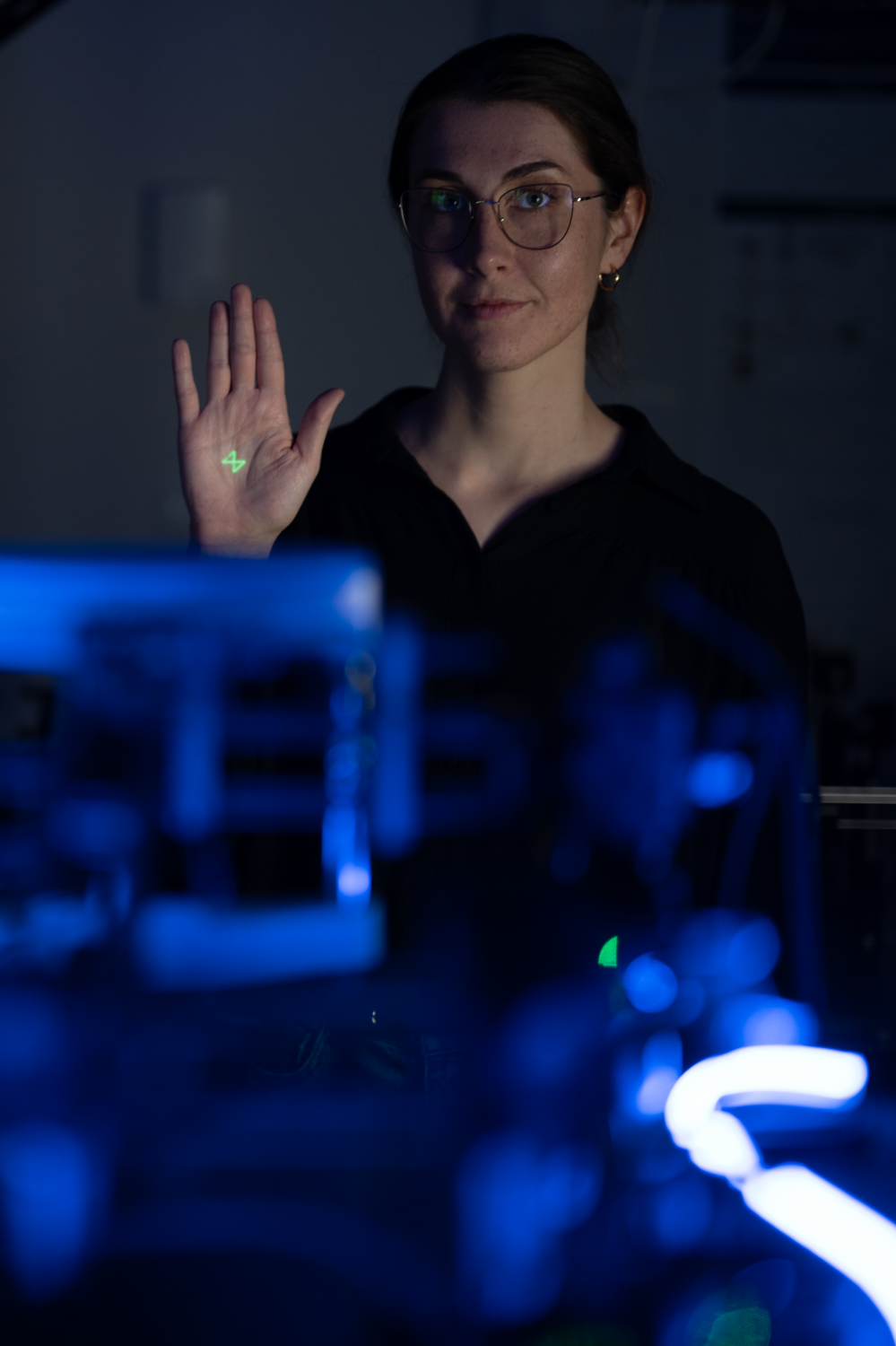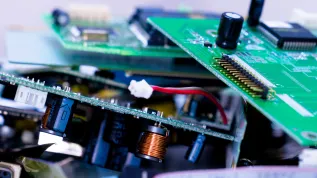
There are situations in which the human eye captures normally invisible infrared radiation. Scientists from Warsaw's ICTER have developed a method for assessing the brightness obtained in this so-called two-photon vision. In their opinion, this opens up new perspectives for ophthalmological diagnostics and virtual reality.
Infrared radiation is usually invisible to the human eye. This is why we do not see the TV remote control diode light, and to see in the dark we need night vision goggles, thermal imagers and IR cameras. However, there are some exceptions to this rule.
A decade ago, an international team led by Polish researchers showed that humans can see super-short laser pulses in the near-infrared range. Such flashes - depending on the wavelength used in the experiment - can appear, for example, green or blue. This previously unknown phenomenon was called two-photon vision.

As part of the International Centre for Translational Eye Research (ICTER), Polish researchers are working on using this solution in practice - for example, in advanced diagnostic tests, especially in neurology and ophthalmology, where infrared pulses make it possible to safely monitor visual functions without the need to use more invasive visible light. On the other hand, two-photon vision makes it possible to create new, realistic visual experiences in interaction with virtual images (VR/AR).
Before the applications reach the market, it is still necessary to define standards for the emission of such 'invisible photons' and objectively assess how intense the light seems during such an experience. Until now, it was known how to do this only in the case of visible light.
ICTER scientists have shown how to determine the luminance value for infrared. Thanks to this approach, it was possible to link the luminance of two-photon stimuli to a new physical quantity related to perceived brightness: the two-photon retinal illumination.
HOW DOES TWO-PHOTON VISION WORK?
Infrared radiation photons have a large wavelength, and therefore their energy is too low to stimulate the receptors in the human eye. Only impulses with higher energy interact with molecules in the retina. Thanks to this, we get the impression of colours - from red (approx. 780 nm) to violet (approx. 380 nm). However, it sometimes happens that two infrared radiation photons 'join forces' and both are simultaneously absorbed by the retina. This is received as an impulse from a photon with twice the energy (and twice the frequency), already in the range of visible light. In this way, previously invisible photons gain a completely real colour in our eyes.
The results of research by ICTER scientists Dr. Katarzyna Komar and Professor Maciej Wojtkowski with the participation of doctoral candidate Oliwia Kaczkoś were published in Biomedical Optics Express.
Thanks to the measurements, the scientists were able to demonstrate a relationship between the power of the infrared beam and the power of the visible beam, which was subjectively adjusted so that both were perceived as having the same luminance. This allowed the researchers to determine the subjective luminance of infrared stimuli using photometric units (cd/m2). These results emphasise the non-linear nature of two-photon vision, which is consistent with previous studies.

'The new approach will also enable comparison of the brightness of two-photon stimuli with traditional displays based on standard, single-photon vision', says Kaczkoś, an optometrist and first author of the study.
Read the source article on the Institute of Physical Chemistry PAS website.
PAP - Science in Poland
lt/ kap/
tr. RL













